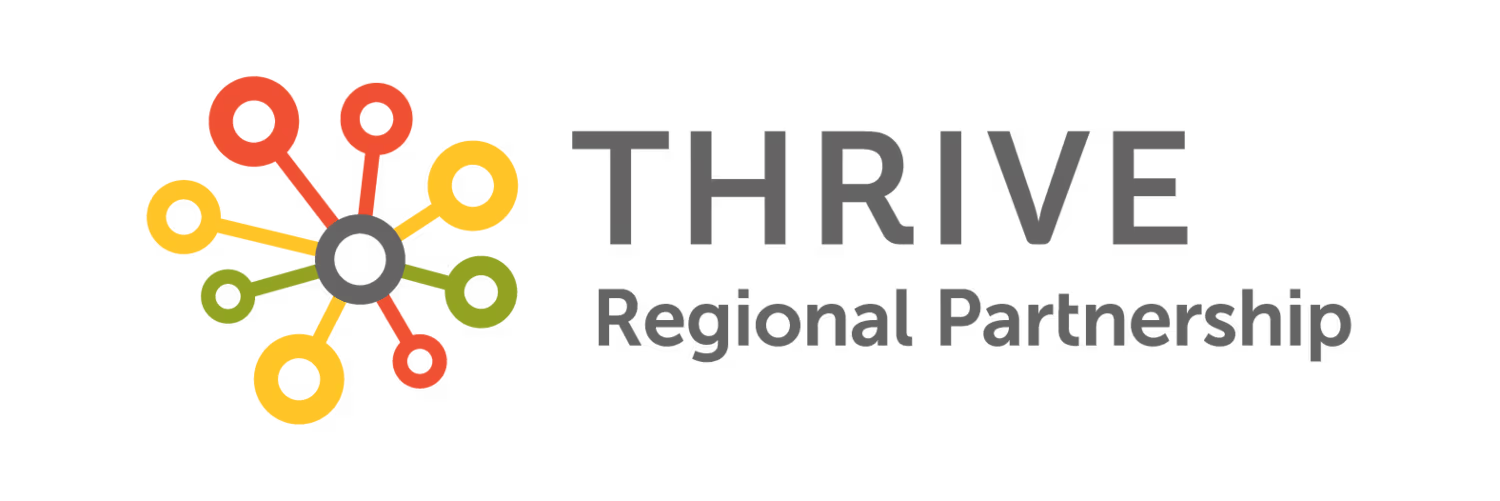Keep An Eye On the Tri-State
Read on for featured news and events that result from strong partnerships across the 16-county, tri-state greater Chattanooga region.

Featured Updates
Latest News
Discover the latest news stemming from regional collaboration.

Thrive Announces New Resource Hub for Community Development

The Forests Before Us: Witness Trees and the True Value of Land
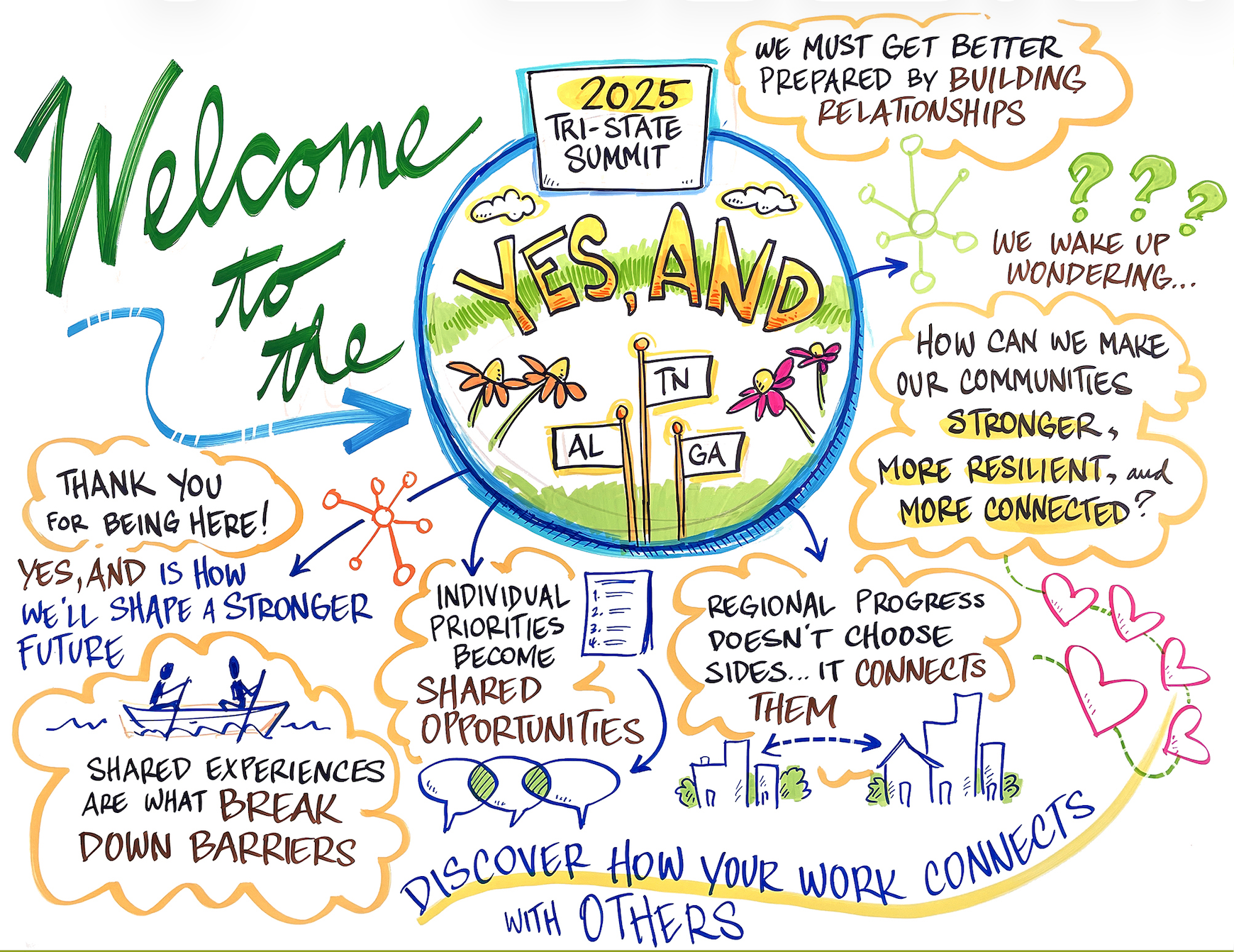
"Yes, And!" Recapping the 2025 Tri-State Summit

Thrive Awarded New Trust for Civic Life Grant for Regional Collaboration

Applications Open for the 2026 Resilient Communities Program

Bob Corker to Deliver Keynote Address at 2025 Tri-State Summit

Three Moves that Inspire Responsible Growth
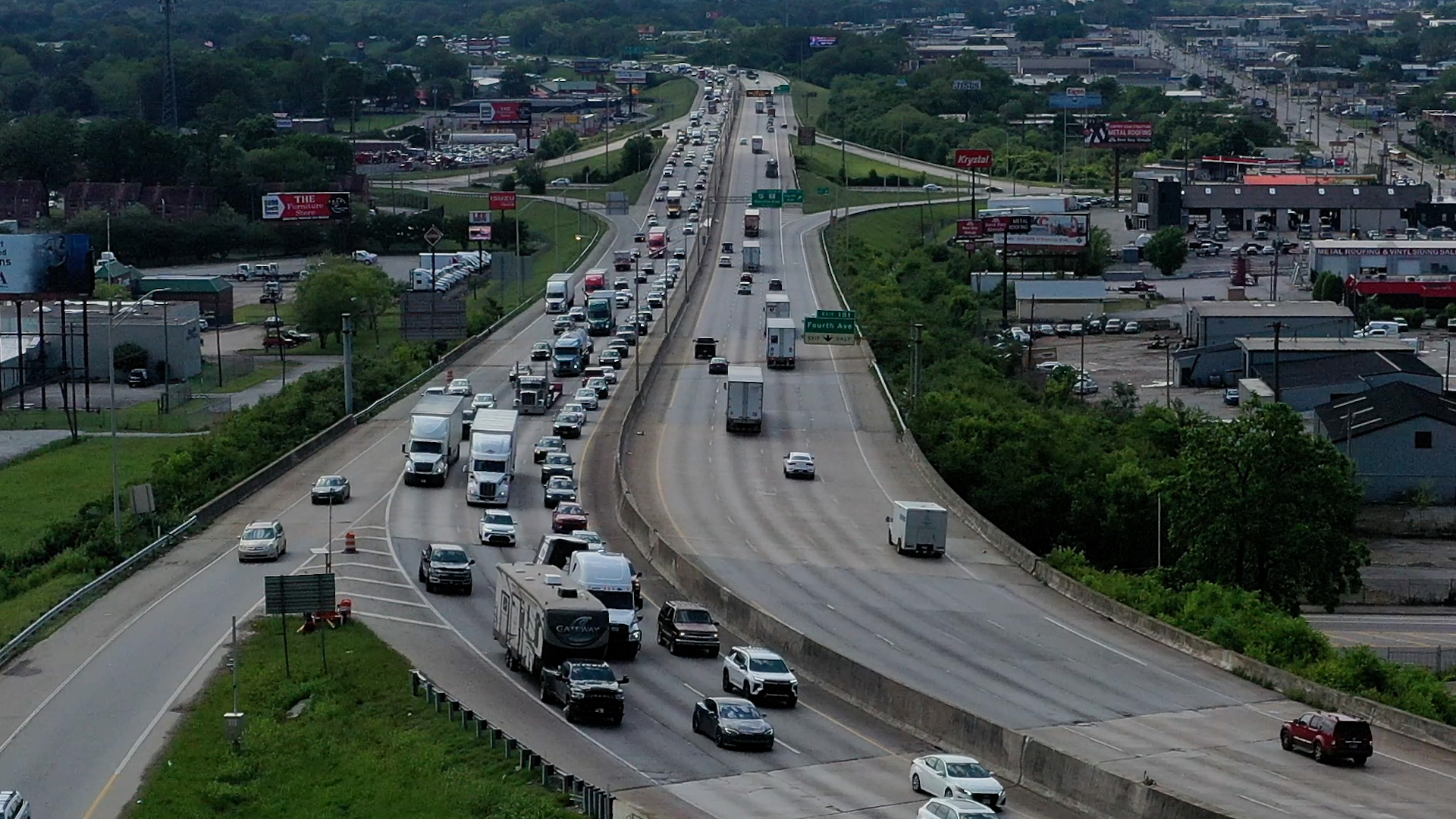
Chattanooga is at a Crossroad
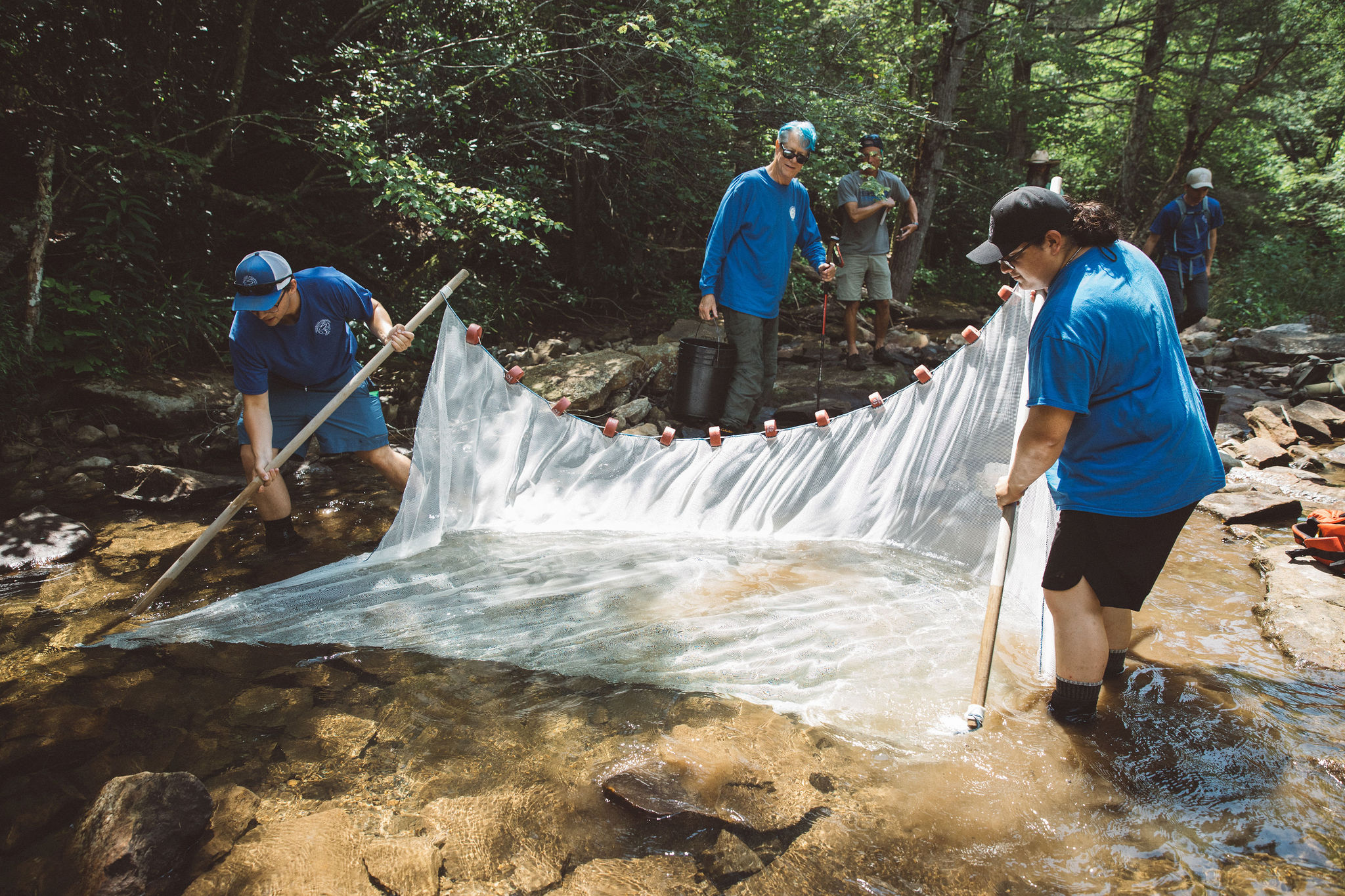
The Water Before Us
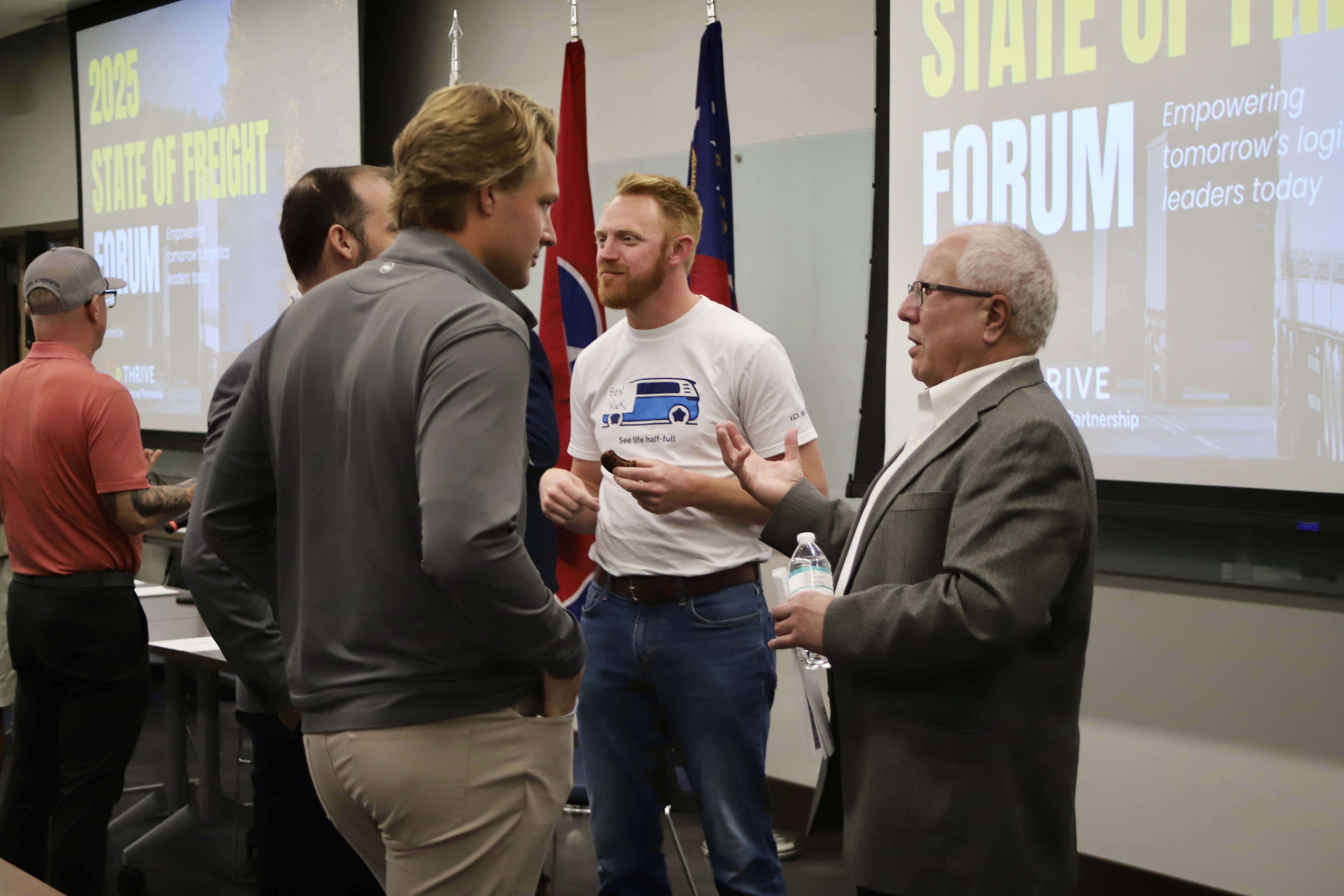
Thrive Hosts Annual State of Freight Forum, Highlighting Innovative Infrastructure Solutions
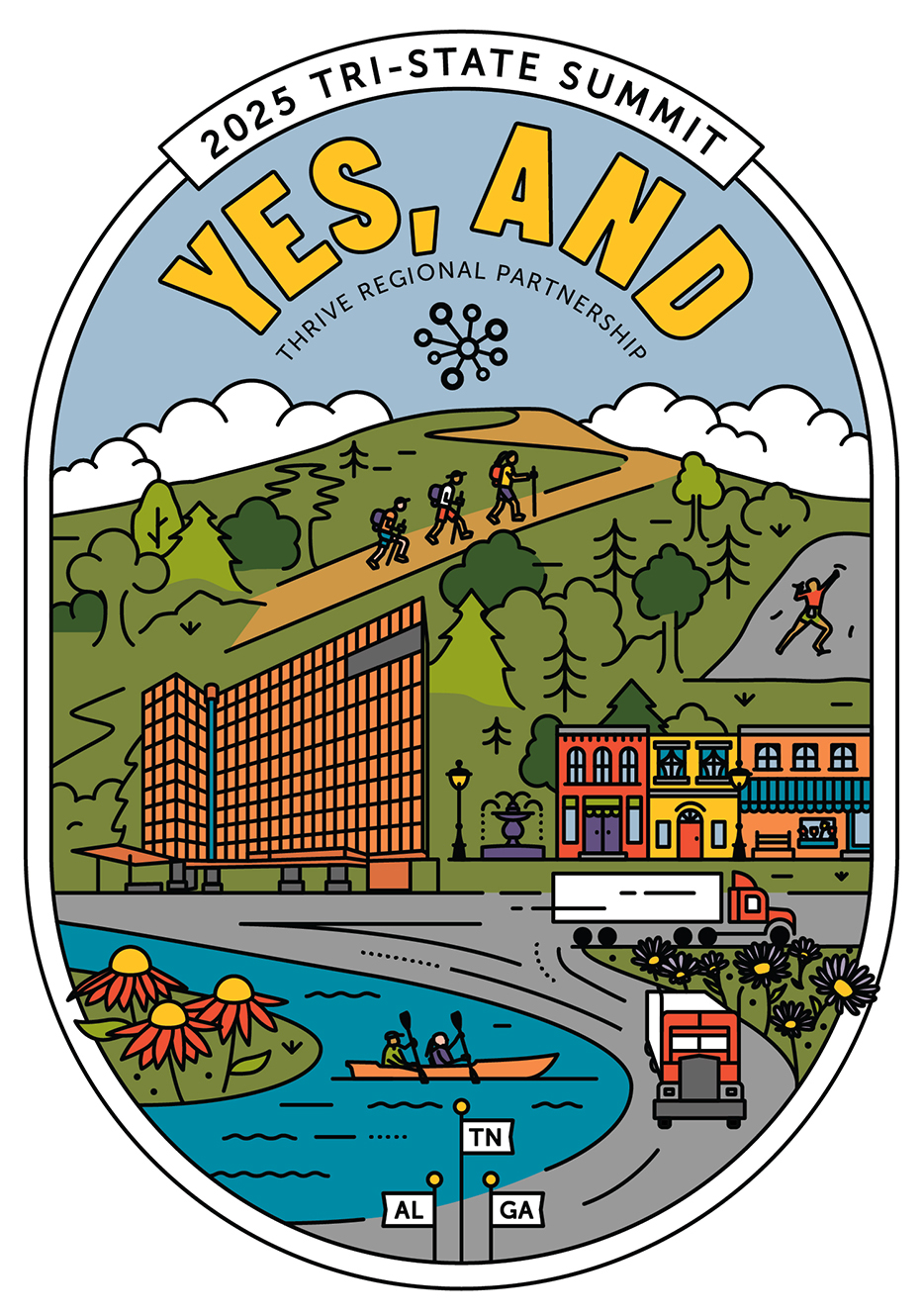
2025 Tri-State Summit Theme: Yes, And
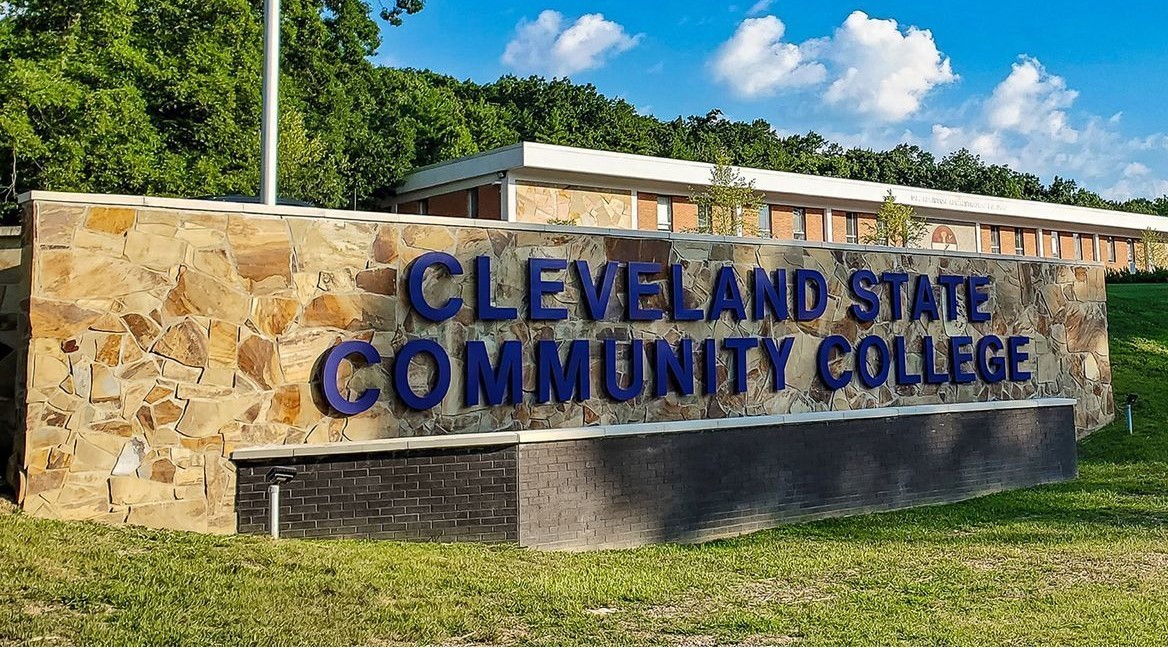
Cleveland State Logistics Students are Thriving
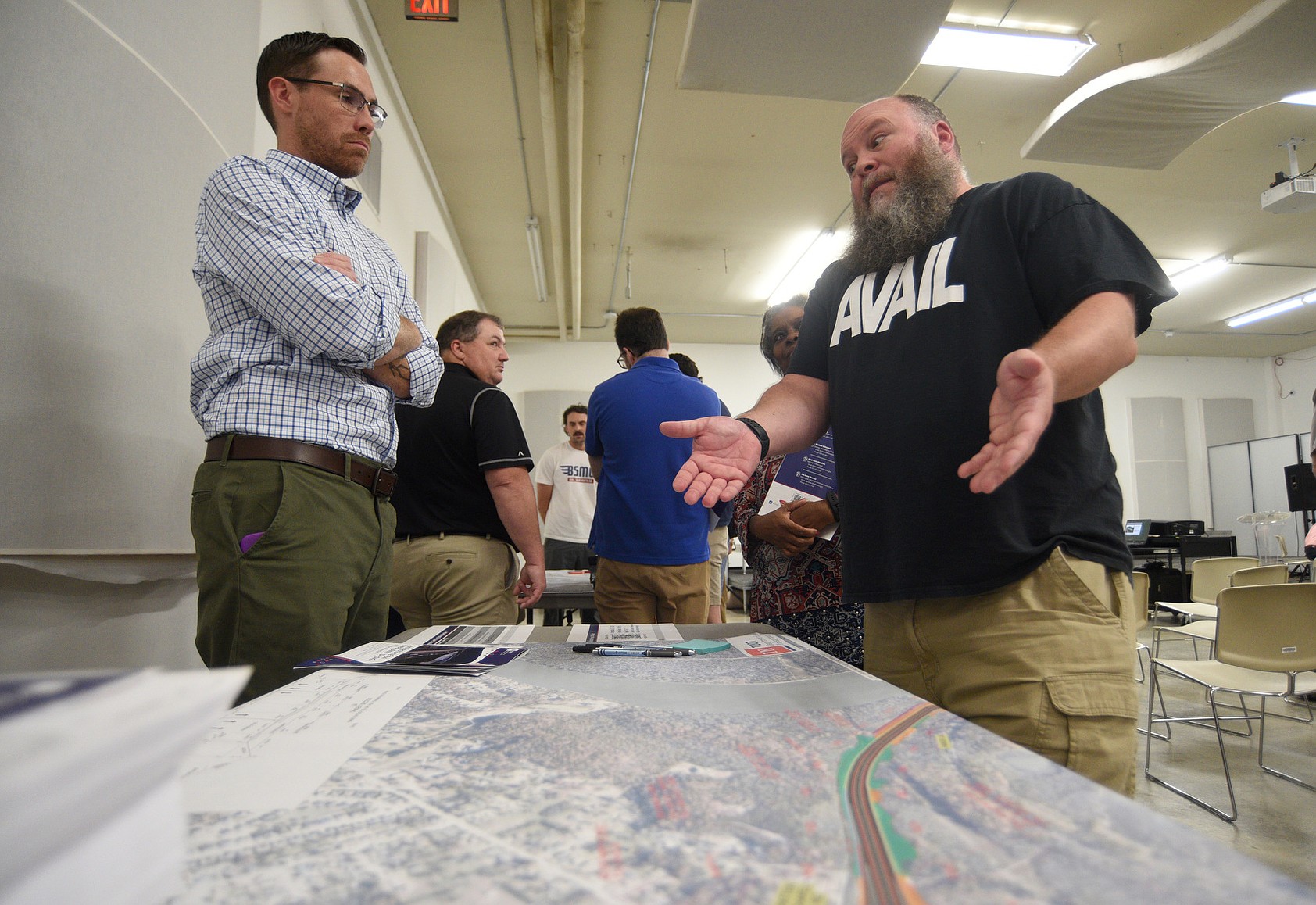
Chattanooga Residents Talk Proposed Interstate Widening
Upcoming Events
Discover upcoming events.
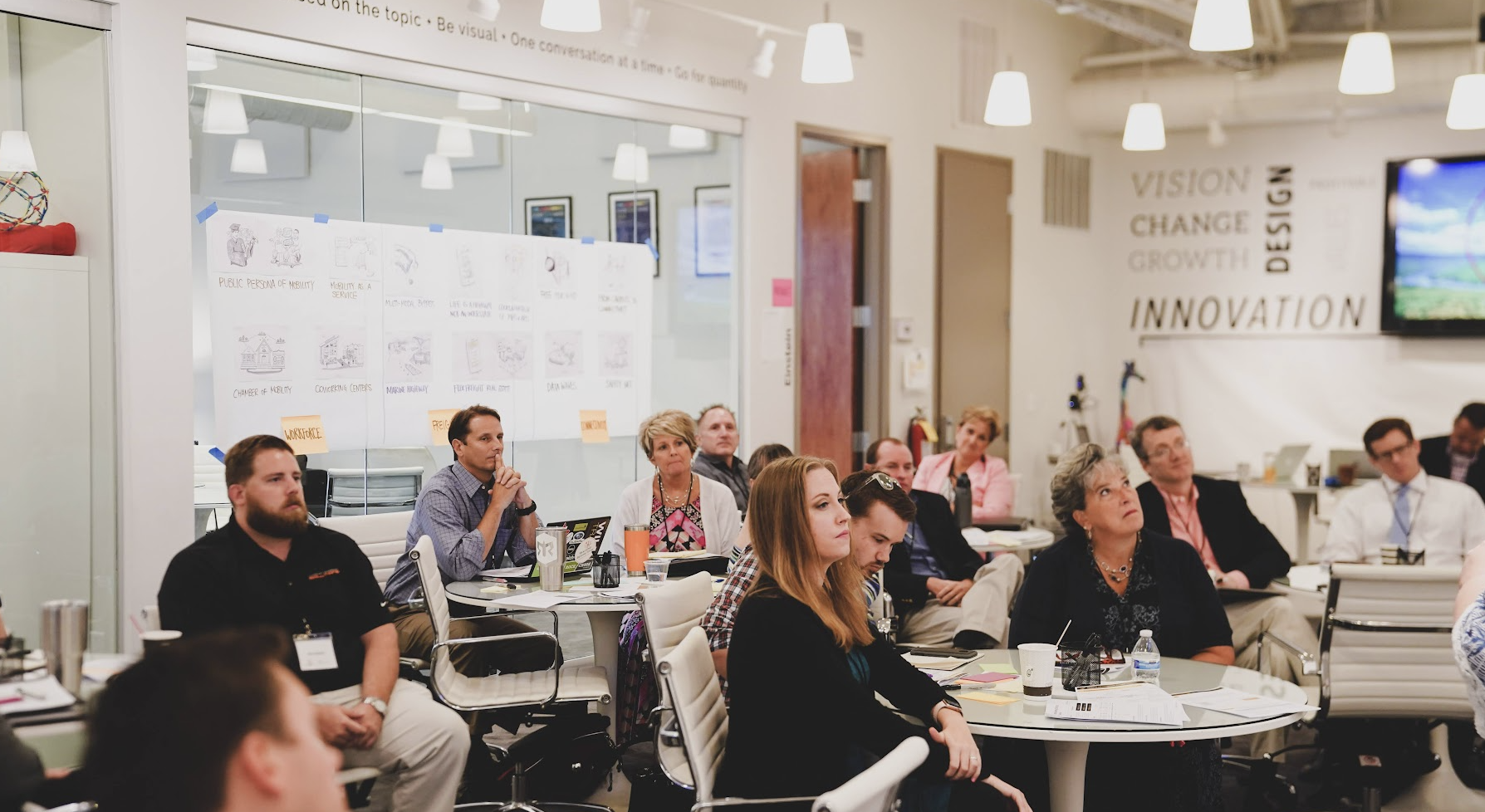
Freight Mobility Coalition Quarterly Meeting
Hosted by Volkswagen, the event will feature Mike Lutzenkirchen with the Lutzie 43 Foundation, presenting on the importance of the individual in transportation safety.
All News & Events
Use the menu on the left to view all news by initiative and impact area.
Filters

Thrive Announces New Resource Hub for Community Development
A new regional data collaboration will support responsible growth decisions across the tri-state, greater Chattanooga region.
12/3/2025
Outcomes
Community Prosperity
General
Natural Treasures
Transportation & Infrastructure

Freight Mobility Coalition Quarterly Meeting
Hosted by Volkswagen, the event will feature Mike Lutzenkirchen with the Lutzie 43 Foundation, presenting on the importance of the individual in transportation safety.
11/12/2025
Transportation & Infrastructure

The Forests Before Us: Witness Trees and the True Value of Land
10/20/2025
Networks
General
Natural Treasures

"Yes, And!" Recapping the 2025 Tri-State Summit
This year, Thrive's flagship event, presented by the Lyndhurst Foundation, celebrated the power of “Yes, And” thinking, fostering a theme where competing priorities become shared possibilities, and regional progress happens with collaboration.
10/15/2025
General

Thrive Awarded New Trust for Civic Life Grant for Regional Collaboration
Thrive has been selected to receive a 2025 Civic Hub grant from the Trust for Civic Life, a national grantmaker that supports local groups and projects in rural communities.
9/17/2025
Community Prosperity
General
Natural Treasures
Transportation & Infrastructure

Applications Open for the 2026 Resilient Communities Program
We are now accepting applications for the 2026 Resilient Communities program, a unique opportunity for cities and towns across the 16-county Chattanooga region to strengthen their resilience to extreme weather events.
9/16/2025
Programs
Natural Treasures

Bob Corker to Deliver Keynote Address at 2025 Tri-State Summit
On October 2, 2025, the former U.S. Senator will reflect on how bold leadership and cross-sector partnerships sparked a renaissance that transformed greater Chattanooga.
9/4/2025
General

Three Moves that Inspire Responsible Growth
In Chattanooga, TN, Thrive Regional Partnership provides visionary leaders with data and programs to support responsible growth in the region.
9/2/2025
Outcomes
General
Other Resources
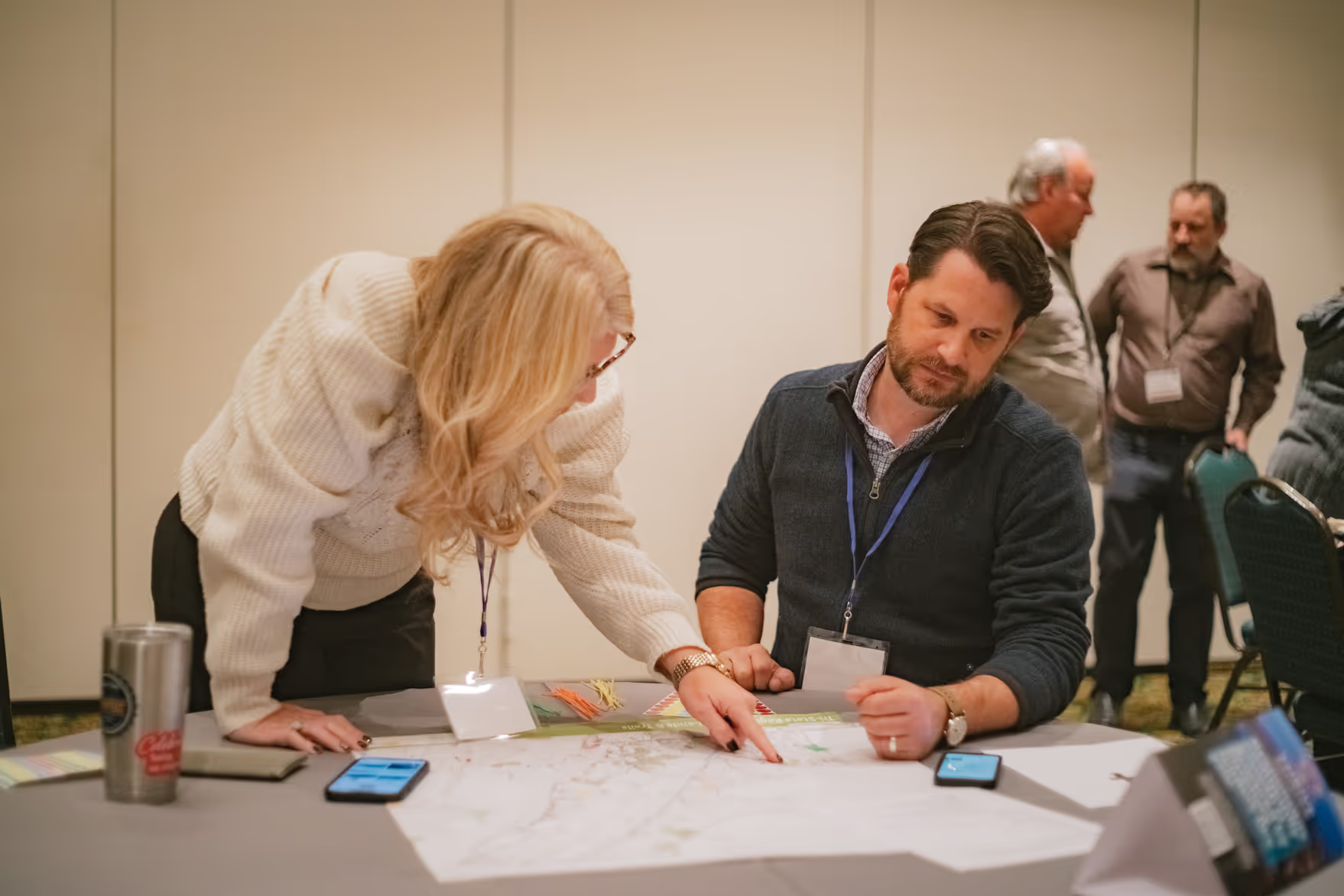
Initiatives
From resilience, to broadband, to placemaking, Thrive’s services and initiatives will grow your local community’s efforts in building a lasting future.

Data
Access Thrive’s resource hub to discover the research you need to shape a better future for your community.

FAQs
You have questions, we have answers. Check out the FAQs to learn more specifics about how Thrive works.

